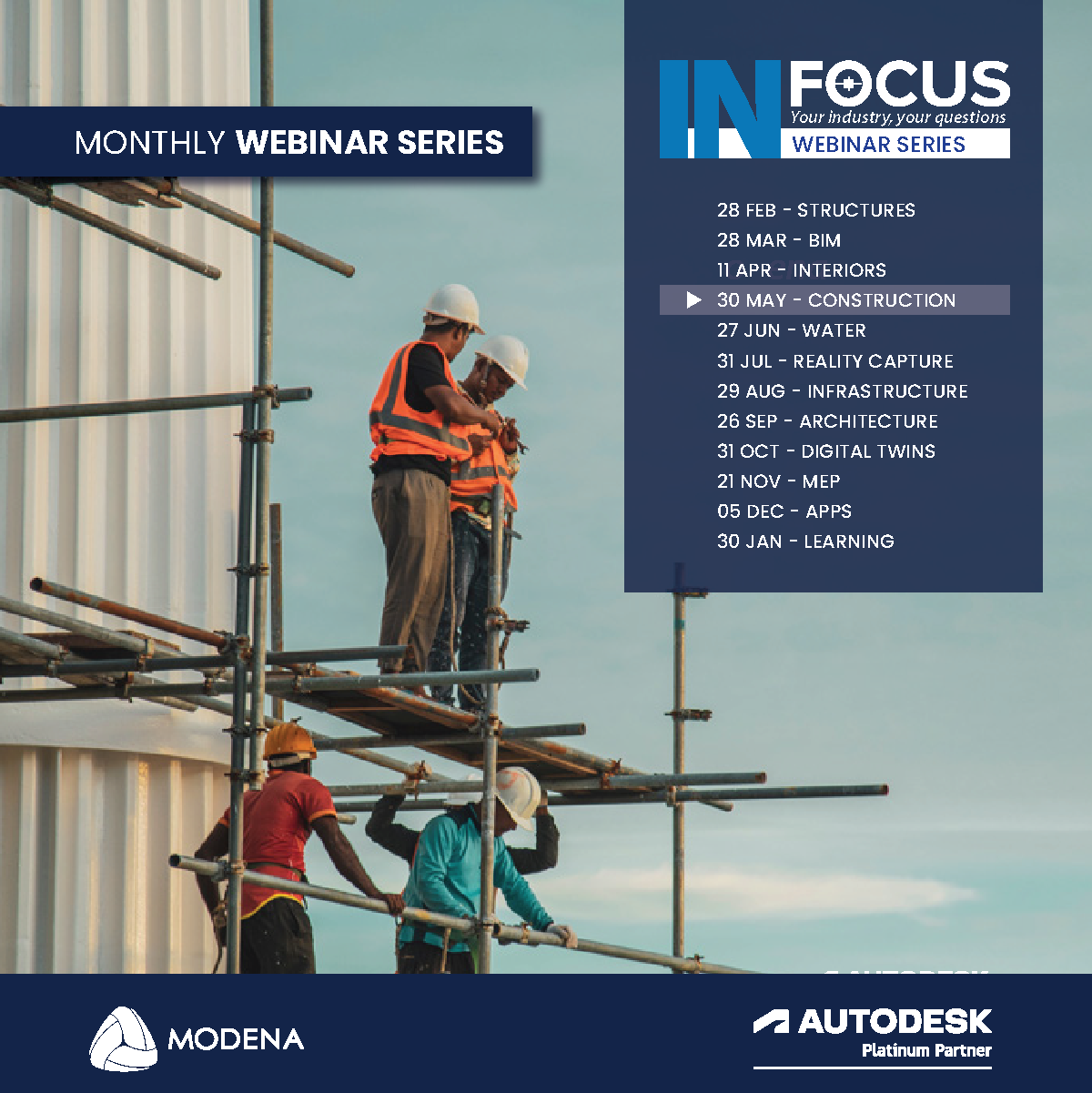The construction industry is a cornerstone of economic development in South Africa, contributing to infrastructure, housing, and commercial growth. Understanding the construction project lifecycle, from concept to completion, is crucial for ensuring successful project outcomes. This comprehensive guide explores each phase of the construction project lifecycle, highlighting the key activities, stakeholders, and best practices tailored to the South African market.
Phase 1: Concept and Initiation
The concept and initiation phase is where the idea for a construction project is born. This phase involves identifying the need for a new building or infrastructure, defining the project’s objectives, and conducting a feasibility study.
Key Activities:
- Needs Assessment: Determine the need for the project and its alignment with strategic goals.
- Feasibility Study: Evaluate the project’s viability in terms of financial, technical, and legal aspects.
- Initial Budget and Timeline: Develop a preliminary budget and timeline for the project.
- Stakeholder Identification: Identify key stakeholders, including clients, investors, and regulatory bodies.
Best Practices:
- Thorough Research: Conduct comprehensive market research to understand demand and competition.
- Clear Objectives: Define clear and measurable project objectives to guide subsequent phases.
- Stakeholder Engagement: Engage stakeholders early to gather input and build support for the project.
Phase 2: Planning and Design
The planning and design phase is critical for laying the groundwork for a successful project. This phase involves detailed planning, architectural and engineering design, and securing necessary approvals.
Key Activities:
- Detailed Project Plan: Develop a detailed project plan outlining tasks, timelines, and resources.
- Architectural Design: Create architectural drawings and specifications that meet client requirements and regulatory standards.
- Engineering Design: Develop structural, electrical, plumbing, and mechanical designs.
- Permitting and Approvals: Obtain necessary permits and approvals from local authorities.
Best Practices:
- Collaborative Design: Foster collaboration between architects, engineers, and stakeholders to ensure a cohesive design.
- Regulatory Compliance: Ensure all designs comply with local building codes and regulations.
- Risk Management: Identify potential risks and develop mitigation strategies.
Phase 3: Pre-Construction
The pre-construction phase involves preparing for the actual construction work. This phase includes finalizing contracts, selecting contractors, and setting up the construction site.
Key Activities:
- Contract Finalization: Finalize contracts with contractors, suppliers, and other stakeholders.
- Procurement: Procure necessary materials, equipment, and services.
- Site Preparation: Prepare the construction site, including clearing, leveling, and setting up temporary facilities.
- Project Schedule: Develop a detailed project schedule outlining milestones and deadlines.
Best Practices:
- Detailed Contracts: Ensure contracts clearly define scope, responsibilities, and payment terms.
- Efficient Procurement: Implement efficient procurement processes to avoid delays and cost overruns.
- Site Safety: Establish site safety protocols and conduct safety training for workers.
Phase 4: Construction
The construction phase is where the physical building takes shape. This phase involves executing the construction plan, managing resources, and ensuring quality control.
Key Activities:
- Construction Execution: Carry out construction activities according to the project plan and design specifications.
- Resource Management: Manage labor, materials, and equipment to ensure efficient use.
- Quality Control: Implement quality control measures to ensure the building meets design and safety standards.
- Progress Monitoring: Monitor progress and adjust plans as necessary to stay on schedule and within budget.
Best Practices:
- Effective Communication: Maintain clear and regular communication among project team members.
- Quality Assurance: Conduct regular inspections and tests to ensure quality standards are met.
- Adaptability: Be prepared to adapt to unexpected challenges and changes in project scope.
Phase 5: Commissioning and Handover
The commissioning and handover phase involves testing building systems, ensuring compliance with specifications, and transferring the building to the client.
Key Activities:
- System Testing: Test all building systems, including HVAC, electrical, plumbing, and safety systems.
- Final Inspections: Conduct final inspections to ensure the building meets all regulatory and design requirements.
- Documentation: Compile and hand over all project documentation, including manuals, warranties, and as-built drawings.
- Client Training: Provide training to the client on the operation and maintenance of building systems.
Best Practices:
- Comprehensive Testing: Ensure thorough testing of all systems to identify and resolve any issues.
- Detailed Documentation: Provide detailed documentation to the client for future reference and maintenance.
- Client Communication: Maintain open communication with the client throughout the handover process.
Phase 6: Post-Construction
The post-construction phase involves maintaining and managing the building after completion. This phase includes regular maintenance, addressing any defects, and evaluating project performance.
Key Activities:
- Maintenance Planning: Develop a maintenance plan to ensure the building remains in good condition.
- Defect Resolution: Address any defects or issues that arise after the building is occupied.
- Performance Evaluation: Evaluate the project’s performance against initial objectives and gather feedback from stakeholders.
Best Practices:
- Regular Maintenance: Implement regular maintenance schedules to prevent issues and prolong the building’s lifespan.
- Stakeholder Feedback: Gather feedback from occupants and stakeholders to identify areas for improvement.
- Continuous Improvement: Use lessons learned to improve future projects and processes.
The South African Context
South Africa’s construction industry faces unique challenges and opportunities. Understanding these factors is essential for successful project execution.
Regulatory Environment
South Africa has a comprehensive regulatory framework governing construction. Ensuring compliance with local building codes, safety standards, and environmental regulations is crucial for project success.
Key Regulations:
- National Building Regulations: Adherence to the National Building Regulations and Building Standards Act.
- Occupational Health and Safety Act: Compliance with safety standards to protect workers and occupants.
- Environmental Legislation: Ensuring projects comply with environmental impact assessments and sustainability requirements.
Economic Factors
Economic conditions in South Africa, including fluctuations in the exchange rate, inflation, and availability of financing, can impact construction projects. Effective financial planning and risk management are essential to navigate these challenges.
Economic Considerations:
- Budgeting: Develop accurate and flexible budgets to accommodate economic fluctuations.
- Financing: Explore various financing options to secure funding for projects.
- Cost Management: Implement cost management strategies to control expenses and avoid overruns.
Technological Advancements
Technological advancements are transforming the construction industry in South Africa. Embracing new technologies can enhance efficiency, quality, and sustainability.
Technological Innovations:
- Building Information Modeling (BIM): Utilize BIM for improved design, collaboration, and project management.
- Drones and Robotics: Use drones for site surveys and inspections, and robotics for repetitive tasks.
- Green Building Technologies: Implement sustainable building technologies to reduce environmental impact and improve energy efficiency.
Case Studies of Successful Projects in South Africa
1. The Leonardo, Johannesburg
Overview: The Leonardo is one of the tallest buildings in Africa, showcasing cutting-edge design and construction practices.
Key Features:
- Innovative Design: Incorporates advanced architectural and engineering solutions.
- Sustainability: Utilizes green building technologies for energy efficiency and sustainability.
- Project Management: Effective project management ensured timely completion and quality control.
2. V&A Waterfront, Cape Town
Overview: The V&A Waterfront is a mixed-use development that combines retail, residential, and commercial spaces.
Key Features:
- Comprehensive Planning: Detailed planning and stakeholder engagement ensured project success.
- Cultural Integration: The design incorporates elements of Cape Town’s cultural heritage.
- Economic Impact: The development has significantly contributed to Cape Town’s economy and tourism industry.
3. Kusile Power Station
Overview: Kusile Power Station is one of South Africa’s largest infrastructure projects, aimed at enhancing the country’s energy capacity.
Key Features:
- Advanced Technology: Utilizes advanced technology for improved efficiency and environmental compliance.
- Complex Project Management: Managed multiple stakeholders and complex logistics to achieve project goals.
- Economic Contribution: Provides significant economic benefits through job creation and increased energy capacity.
Challenges in the Construction Project Lifecycle
- Project Delays Delays can occur due to various factors, including weather conditions, regulatory approvals, and supply chain disruptions. Effective planning and risk management are essential to mitigate delays.
- Budget Overruns Budget overruns can result from inaccurate cost estimates, unforeseen expenses, and poor financial management. Implementing stringent cost control measures is crucial to stay within budget.
- Quality Issues Maintaining high quality standards can be challenging, particularly in large and complex projects. Regular inspections and quality control measures are necessary to ensure compliance with specifications.
- Stakeholder Management Managing diverse stakeholder interests and expectations requires effective communication and collaboration. Engaging stakeholders throughout the project lifecycle helps build support and address concerns.
Best Practices for Successful Construction Projects
- Comprehensive Planning Thorough planning is the foundation of a successful construction project. Develop detailed plans that outline project scope, timelines, resources, and risk management strategies.
- Effective Communication Maintain clear and regular communication among project team members and stakeholders. Use communication tools and platforms to facilitate information sharing and collaboration.
- Quality Control Implement rigorous quality control measures to ensure that construction meets design and safety standards. Conduct regular inspections and testing to identify and address issues promptly.
- Risk Management Identify potential risks early and develop mitigation strategies. Regularly review and update risk management plans to address emerging challenges.
- Stakeholder Engagement Engage stakeholders from the beginning and maintain open lines of communication. Address stakeholder concerns and incorporate their feedback into project planning and execution.
- Technology Integration Leverage advanced technologies such as BIM, drones, and robotics to enhance efficiency, accuracy, and quality. Stay informed about emerging technologies and their potential applications.
- Sustainability Practices Incorporate sustainable building practices to reduce environmental impact and enhance the building’s performance. Use energy-efficient materials and technologies, and implement waste reduction strategies.
Conclusion
The construction project lifecycle, from concept to completion, involves a series of interconnected phases that require careful planning, execution, and management. In South Africa, where the construction industry plays a vital role in economic development, understanding and navigating this lifecycle is essential for successful project outcomes. By adopting best practices, leveraging technological advancements, and addressing unique challenges, construction professionals can ensure the successful delivery of projects that meet client expectations and contribute to sustainable growth. Case studies like The Leonardo, V&A Waterfront, and Kusile Power Station demonstrate the potential for excellence in South African construction projects. By following the strategies outlined in this guide, construction professionals can build a brighter and more resilient future for the South African construction industry.



